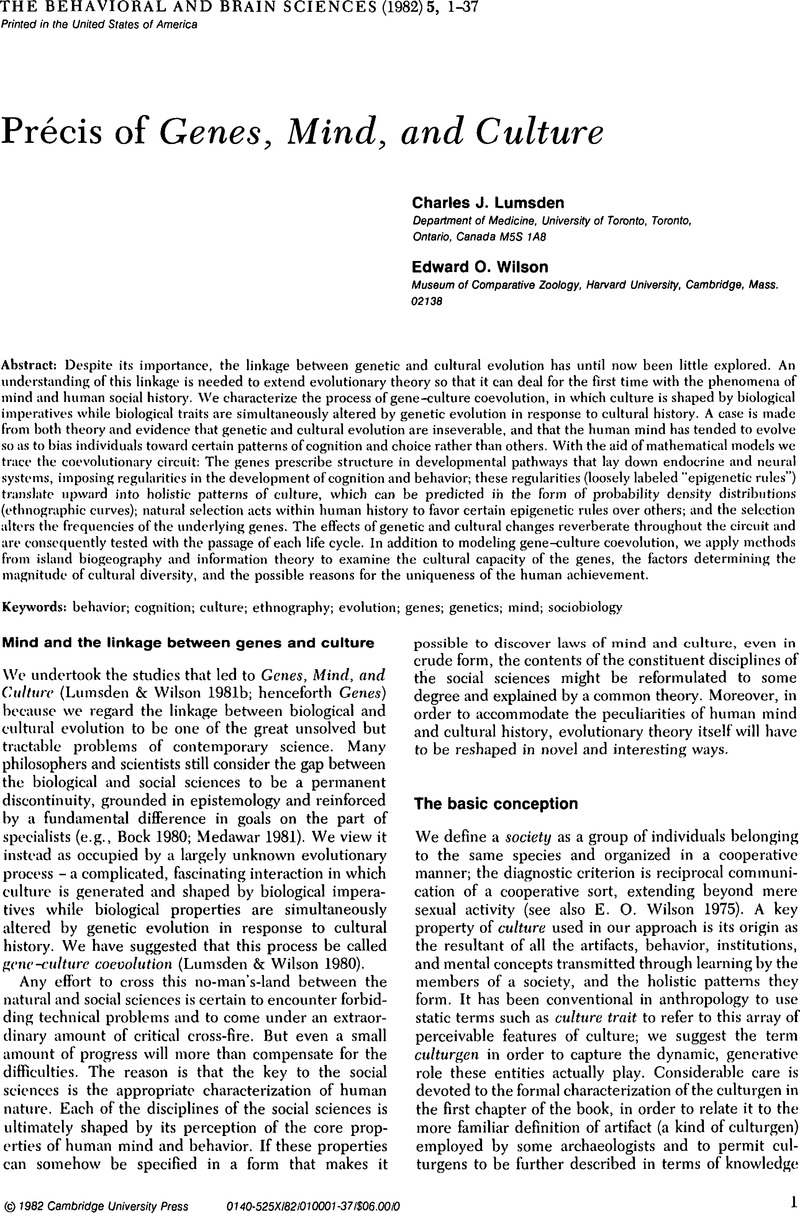Crossref Citations
This article has been cited by the following publications. This list is generated based on data provided by Crossref.
Johnston, Timothy D.
and
Gottlieb, Gilbert
1990.
Neophenogenesis: A developmental theory of phenotypic evolution.
Journal of Theoretical Biology,
Vol. 147,
Issue. 4,
p.
471.


